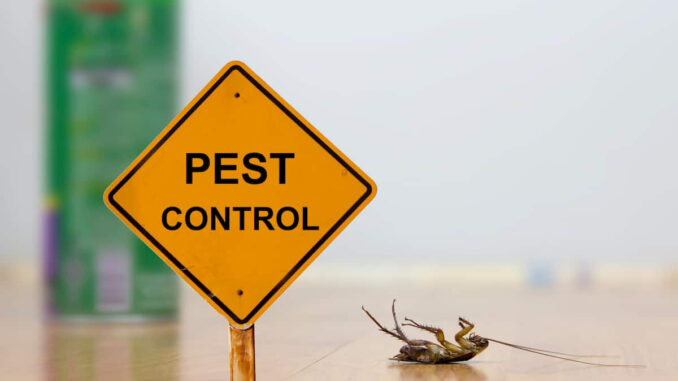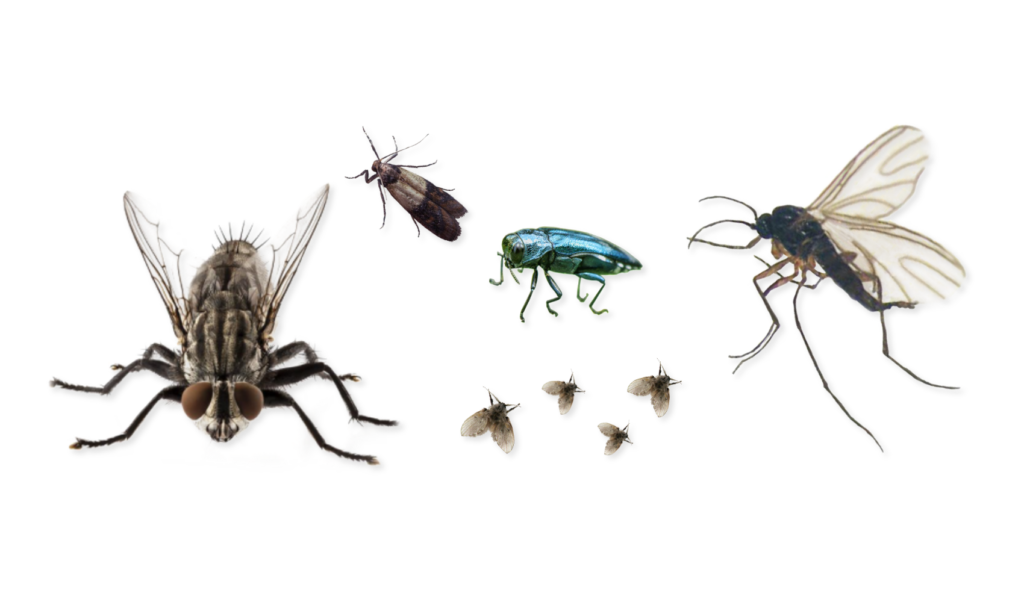
You might only give much thought to pest control once you need it, such as when you find a rat in your house or when you notice strange flying insects near your windows on a sunny spring day.
However, professional pest control services near me are beyond more than”aha!” moments when you realize you have a creepy-crawly or winged intruder in your home. Preventing unpleasant, disease-carrying pests from entering your house, your food or your family’s living quarters is just one of the many benefits of scheduling routine pest management treatments.
Table of Contents
Explain Pest Control
Removing or keeping unwelcome critters under control is the goal of pest control and management. Rodents, cockroaches, termites, bedbugs, venomous spiders, and many more are some pest exterminators can get rid of. For decades, just hearing the phrase “pests” has caused widespread anxiety. They are aware that significant concerns, such as health disorders, usually accompany the presence of such creatures. In addition, property damage occurs when pests invade a home or business.
Pests Common to Your House

The most common types of animals we come across daily, however, are:
- Mice, rats, and other rodents are all rodents or rodents. In particular, their incisors, or front teeth, are well-known for their rapid development. In general, rodents thrive on a diet of seeds, grains, and fruits; however, certain species are omnivores and also like eating animal products. These pests pose a significant risk to your home and possessions, as they can destroy your furniture, car engines, walls, pipes, and crops and even set your property on fire.
- Cockroaches are a prevalent pest in both private residences and public buildings. They thrive in sunny, warm places with easy access to sustenance. Cockroaches don’t destroy property, but they can make people sick. Asthma attacks, allergic reactions, and the spread of roughly 33 different kinds of bacteria can all be brought on by them.
- Bed bugs can be described as parasitic insects that belong to the Cimicidae family. They spend the majority of their time in bed. However, they are easily transferred and may also be in hotels, couches, suitcases, and clothing. Allergic reactions and skin infections are two of the problems that bed bugs can cause.
- As social insects, ants form enormous colonies and work together to solve problems. Ants like sugary foods, but they will eat just about everything. Salmonella, streptococcus, and shigella are just some pathogens they can spread. They can easily convey the bacteria if they come into contact with an open wound or a meal.
- Termites are tiny insects that can eat anything made of wood or paper. They may spread dangerous diseases like asthma and eczema.
Getting Rid of Pests: Four Different Methods
As an essential aspect of overall property management, pest control is a topic that every homeowner must eventually confront. Since human settlements and agricultural production began, pest infestations have plagued people. Insects, rodents, bees, termites, and other pests can quickly and easily destroy your home’s food supply, furnishings, walls, and floors. As well as get rid of regular pest problem
Thankfully, as time has passed, humanity has gotten more and better at eliminating pests. Exterminating unwanted pests can be done in several ways. Listed below are four approaches to preventing insect infestations.
One is the use of chemical pesticides
Any form of pest can be deterred with chemical treatments, which is what the chemical approach entails. Due to their efficiency, chemical treatments have become one of the most common forms of control. Space fumigation and other chemical pest management methods are usually the most effective for large-scale infestations.
Methods using living organisms to combat pests
Using natural predators or parasites on a pest population is an example of biological management. Predators, parasites, and plant pathogens are common biological control agents. The larvae of Colorado potato beetles, for instance, are a favorite food of the spotted lady beetle. White-flies are prey for chalcid wasps, which are parasitic insects. Certain strains of bacteria, fungi, and viruses can naturally infect many pests.
A pest-control device that uses technology
With the development of new technologies, there are now more options for eliminating pests. Insects, rodents, and mice can all be deterred with the help of electromagnetic devices that focus on their neurological systems. Ultrasonic devices use high-frequency sound waves to prevent tiny rodents and other pests.
Using traditional methods to eliminate pests is the fourth option
When people lack access to chemical, biological, or electrical tools, they often resort to physical pest management measures. Natural barriers, such as nets or plastic sheets, are used in physical pest control to keep pests away from crops.
Conclusion
It is widely accepted that biodiversity plays a crucial role in mediating the complicated ecological process of pest control, which aims to keep populations of economically damaging organisms below acceptable levels. The extensive decline of biodiversity that follows the expansion of agriculture has severe consequences for the management of pests.
